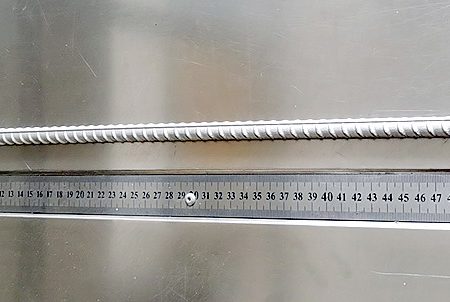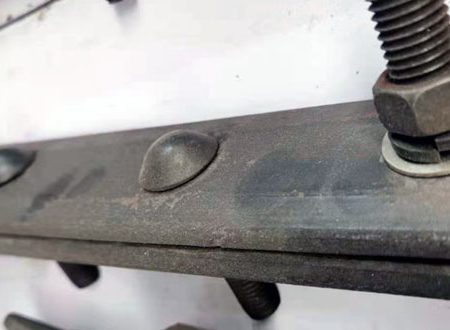Đường sắt tiếp tục là một thành phần quan trọng của cơ sở hạ tầng giao thông ở Nam Mỹ, cho phép vận chuyển hàng hóa hiệu quả và an toàn, dân tộc, và các dịch vụ trên toàn khu vực. Bền bỉ và linh hoạt, Đường ray thép đã được sử dụng trong đường ray xe lửa trong hơn một thế kỷ, đóng một vai trò quan trọng trong sự tăng trưởng và phát triển của Nam Mỹ.
Nhiều quốc gia ở Nam Mỹ đã phát triển sự phụ thuộc chính vào đường sắt để vận chuyển đường dài, với đường sắt là một phần cốt lõi của mạng lưới này. Mining and mineral transportation are also heavily reliant on rail systems that utilize steel rails, as they provide the robustness and durability required to carry heavy loads across vast distances. Steel rails are used in urban transportation systems as well, including metro lines and high-speed railways, making them an integral part of daily life in many South American cities.
Brazil boasts the fourth-largest railway system in the world, which seamlessly integrates with the country’s transportation system, connecting different regions and cities. Railway play a vital role in sustaining the operations of this infrastructure, providing heavy-duty support and durability needed for continued success.
In Chile, mining and related industries form the backbone of the country’s economy. The transportation of mining resources and minerals throughout the country is highly dependent on railways that utilize steel rails. These rails provide the strength and reliability necessary to transport heavy loads across great distances. ARA100-A steel rails, with a theoretical weight of 49.88 kg / m và chiều dài 12000 Mm, are mainly used in the South American rail market, originating from China. This type of rail is offered at the CIF price to the Port of Megillones in Chile or the Port of Valparaiso in Chile, and is commonly used within Chile’s mining and mineral transportation infrastructure.
The demand for steel rails in South America is varied, depending on the technical characteristics required for specific transportation infrastructure projects. Chẳng hạn, 60E1 (UIC60) rails are a popular choice for heavy transport systems like railway tracks, subway lines, và đường sắt tốc độ cao. Their theoretical weight stands at 60.21 kilôgam mỗi mét, and their length is 12000 Mm. These rails are mostly sourced from China and delivered to the Port of Elius (Bahia Oblast) or the nearest port.
TR 68 (136 TÁI) type rails, originating from China, have a minimum hardness of 310 HB, a theoretical weight of 67.50 kg/m, and a length of 12000 Mm. The Santos port in Brazil serves as the delivery point for these rails, which are used extensively in the largest economy of South America and its transport infrastructure.
The theoretical weight of the 100RE steel rail is 50.35 kg/m, với chiều dài 12000 Mm. With a mass of 900A, it is widely used in mining and mineral transportation in Chile.
Despite facing several challenges like political instability, economic slowdown, and the impact of COVID-19, the South American railway market continues to remain resilient. Ongoing and expected infrastructure projects in the region will further increase the demand for steel rails. Ngoài ra, steel rails will continue to play a crucial role in the economic development of the region as an essential component of transportation, Khai thác mỏ, and mineral infrastructure.






